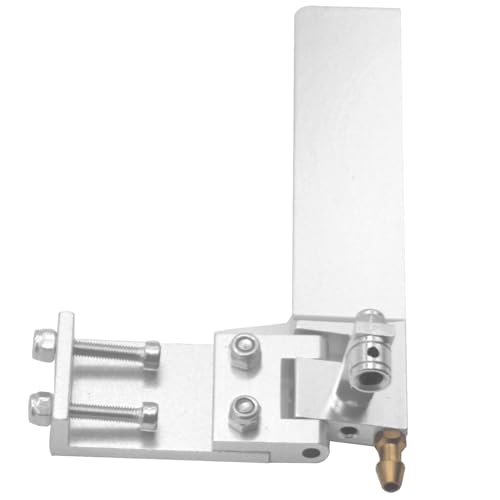And the FACT the is absolutely NO more drag turning a 1/4" cable than a 3/16", contrary to popular belief

Don, I'm just not sure about this. Let me try to use some logic or a hypothethical situation.
Imagine our 1/4" shaft and it is solid and is riding in a bearing. Now imagine another solid shaft that is now 1
foot in diameter riding in a bearing. (For this example, lets imagine that the shafts are made of some alien material from Roswell that has no weight!) The 1/4" shaft has a circumference of 2 X pi X r or 2(22/7) .125=.786" and the larger shaft is 2(22/7)6=37.71". Now with this exagerated example, the small shaft would only have to "ride" through .786" of rotational distance and resultant friction within the bearing for each revolution. The larger shaft would move through 37.71" of distance with resultant friction per revolution.
We could apply this to 3/16" vs 1/4" shafts as well but obviously, the differences won't be as dramatic.
Its probably negligable but I still say its there!
Not only that, but our flex shafts run inside much larger OD brass tubes than what I have in my simple hypothetical example so my thoughts may not really hold water :lol: . The friction characteristics are way different and probably unpredictable :unsure: .
In any case, if its a larger engine, use a 1/4" cable and be done with it

!
77677[/snapback]

!











































